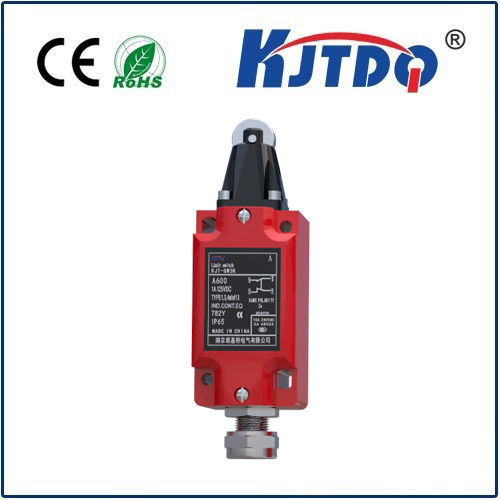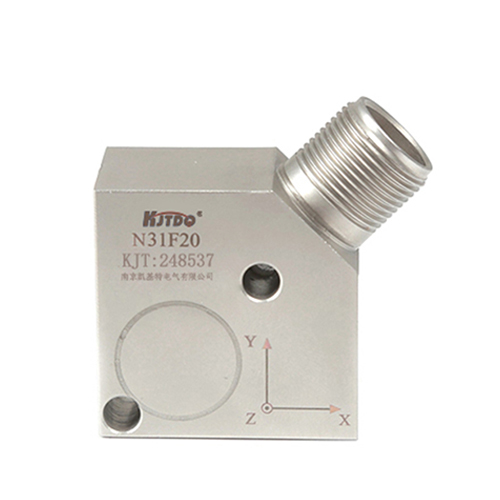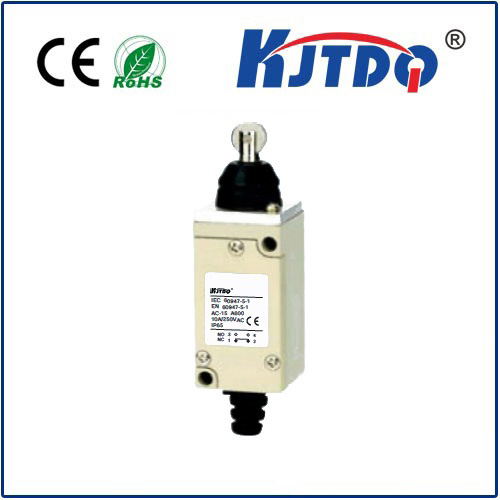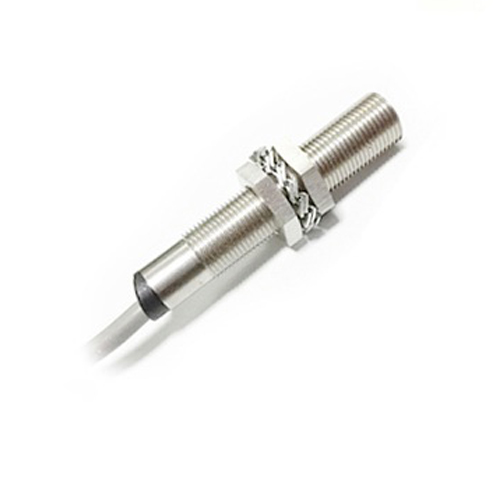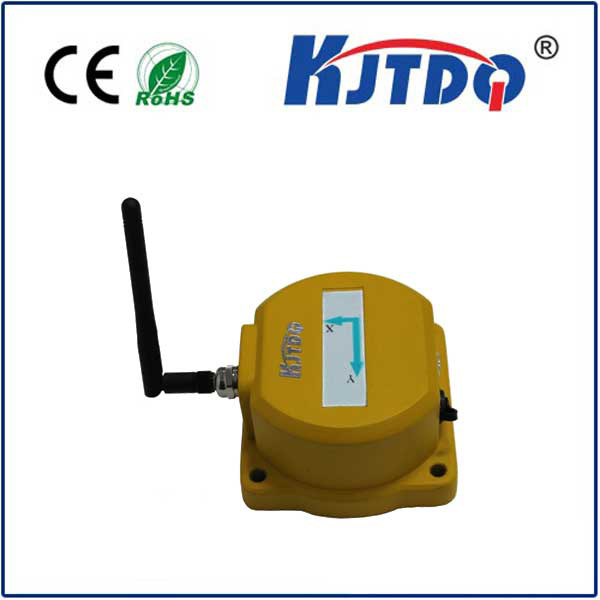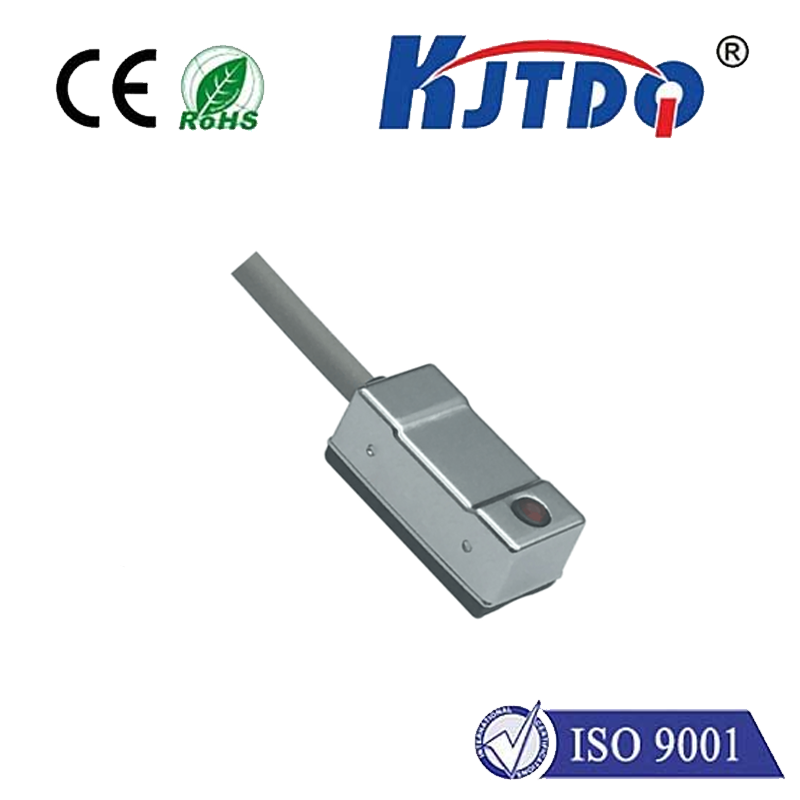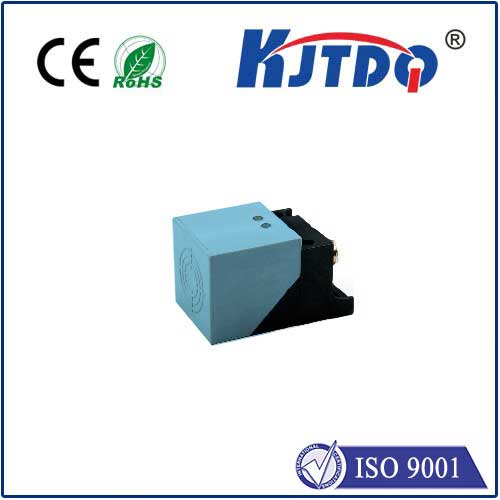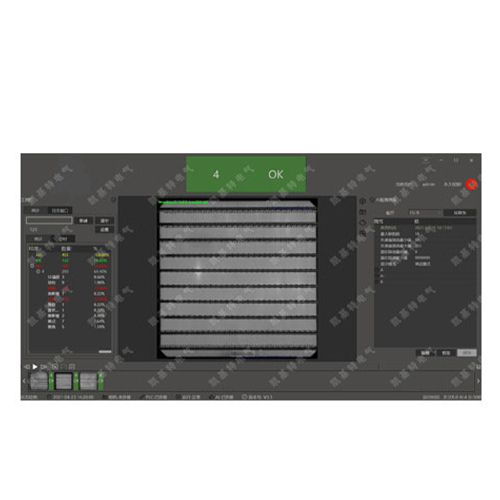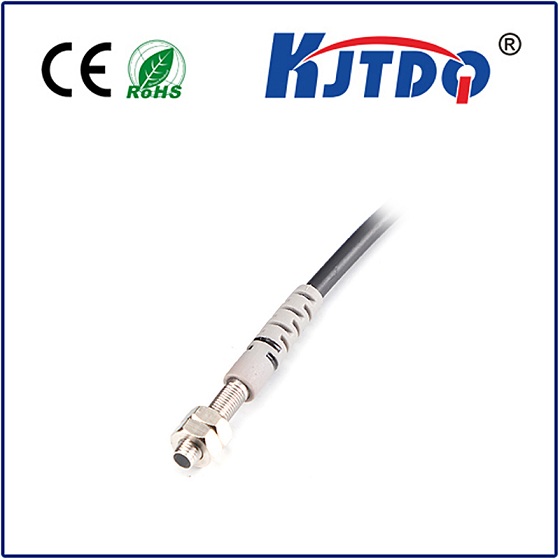

check

check

check

check

check

check

check

check

check

check
The limit switch is an essential component in many industrial and manufacturing processes. It is a device that detects the presence or absence of an object, and it sends signals to control systems to initiate or terminate specific actions. In this article, we will explore the importance of a limit switch and how it contributes to the efficiency and safety of various operations.
Firstly, a limit switch plays a crucial role in ensuring process consistency. In many production lines, machines need to operate within specific parameters to achieve consistent results. A limit switch can be used to monitor the position of a machine's components, such as conveyor belts, robotic arms, or assembly line mechanisms. By detecting when these components reach their desired positions, the limit switch can trigger actions like stopping or starting the machine, ensuring that each product is made to the same specifications every time.
Secondly, a limit switch enhances safety by preventing equipment from operating beyond its intended boundaries. For example, a conveyor belt equipped with a limit switch can stop if an object blocks its path, preventing damage to the belt or potential injury to workers who may come into contact with it. Similarly, machinery with moving parts can use limit switches to halt operation if any part of the equipment moves too far or too fast, reducing the risk of accidents or breakdowns.
Thirdly, a limit switch improves energy efficiency by minimizing unnecessary motions and reducing wear and tear on machinery. By controlling the movement of machines based on predefined limits, energy consumption is optimized since motors are only engaged when needed. This not only saves on power costs but also extends the lifespan of machinery by reducing strain on components during operation.

Fourthly, a limit switch enables automation and precise control over complex processes. In applications where precise measurements are critical, such as in CNC machining or packaging lines, limit switches can provide feedback on the exact positions of tools or products. This data can then be used by automated systems to make fine adjustments and ensure high-quality output consistently.
Fifthly, a limit switch contributes to maintenance and troubleshooting efforts by providing diagnostic information. When a machine fails to function correctly, limit switches can indicate whether the issue lies with incorrect positioning or another problem altogether. This helps technicians pinpoint issues quickly and implement effective solutions.
Sixthly, a limit switch supports customization and flexibility in manufacturing environments. Different processes may require different types of limit switches depending on factors like temperature ranges, vibration levels, or material properties. The availability of various limit switch designs allows for tailored solutions that meet specific application requirements.
Seventhly, a limit switch facilitates remote monitoring and control capabilities. With advancements in communication technologies, limit switches can be integrated into networked systems that allow operators to monitor and manage processes from distant locations. This feature is particularly advantageous in hazardous environments or large facilities where direct supervision is challenging.
Eighthly, a limit switch ensures compliance with regulatory standards and quality assurance protocols. Many industries have strict guidelines for operational procedures and product quality. By using limit switches to enforce adherence to these standards, manufacturers can avoid penalties associated with non-compliance while maintaining high product quality.
Lastly, a limit switch represents an affordable investment with significant returns. While initial installation costs may vary depending on the complexity of the system being controlled, the long-term benefits in terms of increased productivity, reduced downtime, and enhanced safety often outweigh these expenses.
In conclusion, a limit switch serves as a vital element in numerous industrial applications due to its ability to provide reliable detection and control functions. Its role in enhancing consistency, safety, energy efficiency, precision, automation, maintainability, customization, remote control, compliance, and cost-effectiveness underscores its importance across diverse sectors ranging from manufacturing to transportation and logistics. As technology advances, the integration of limit switches into smarter, more connected systems will undoubtedly continue to drive improvements in industrial processes worldwide.

